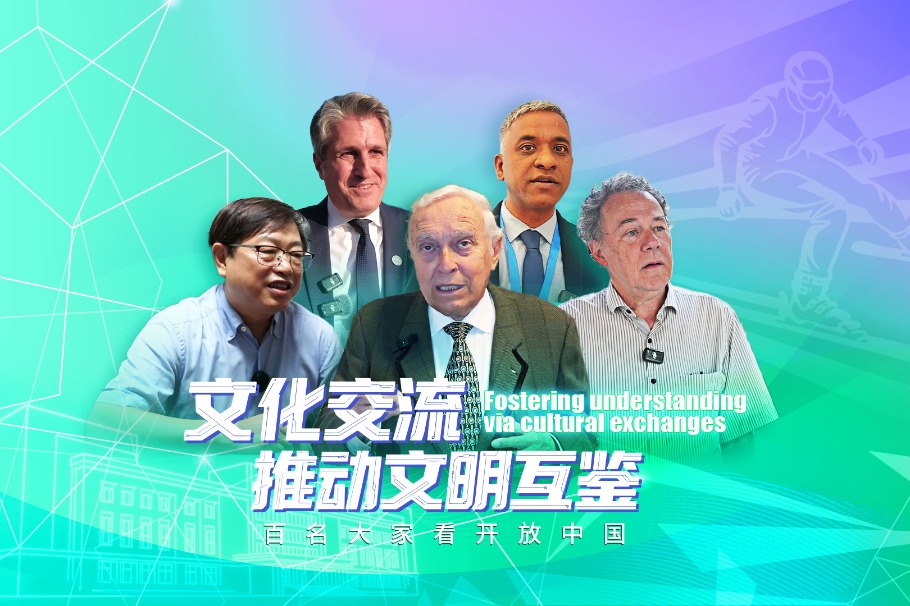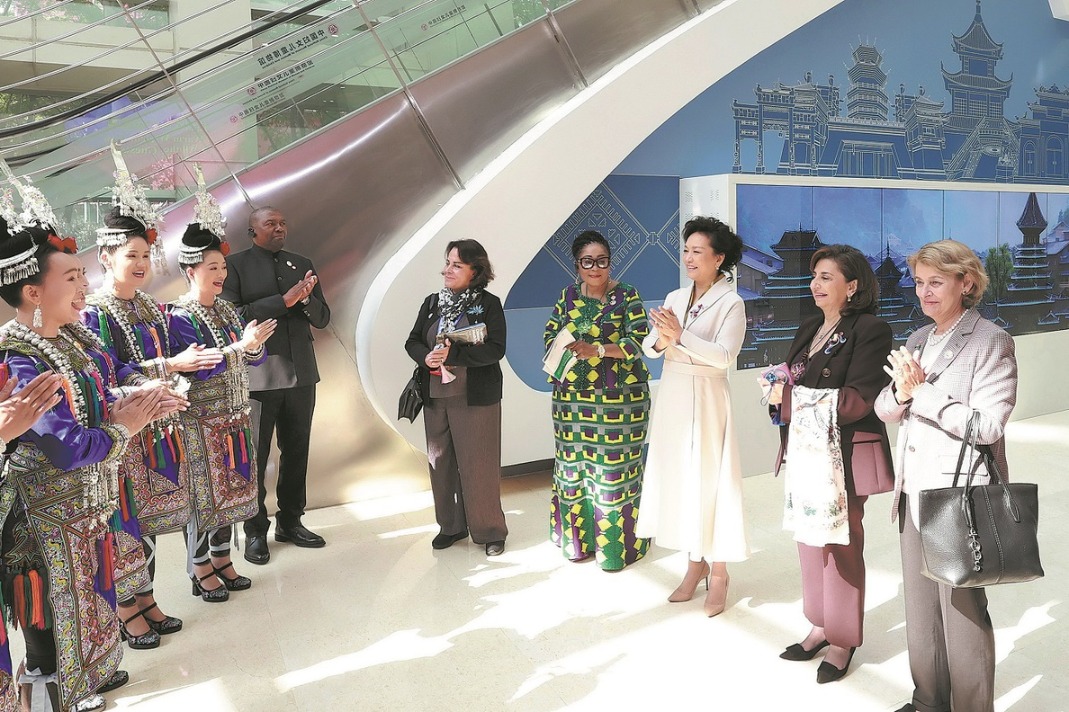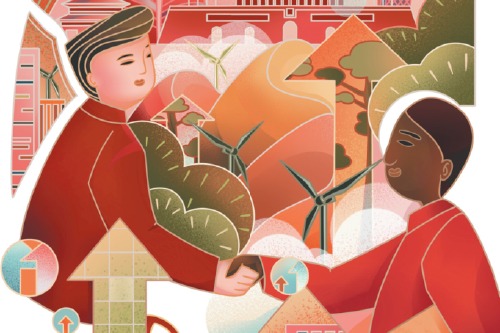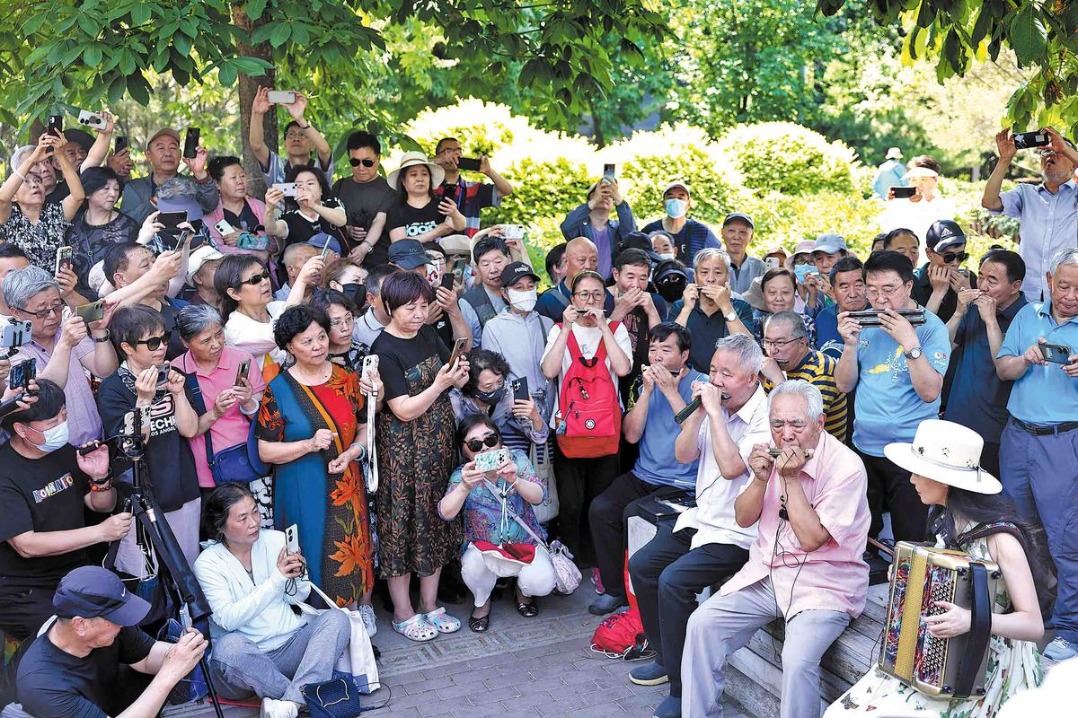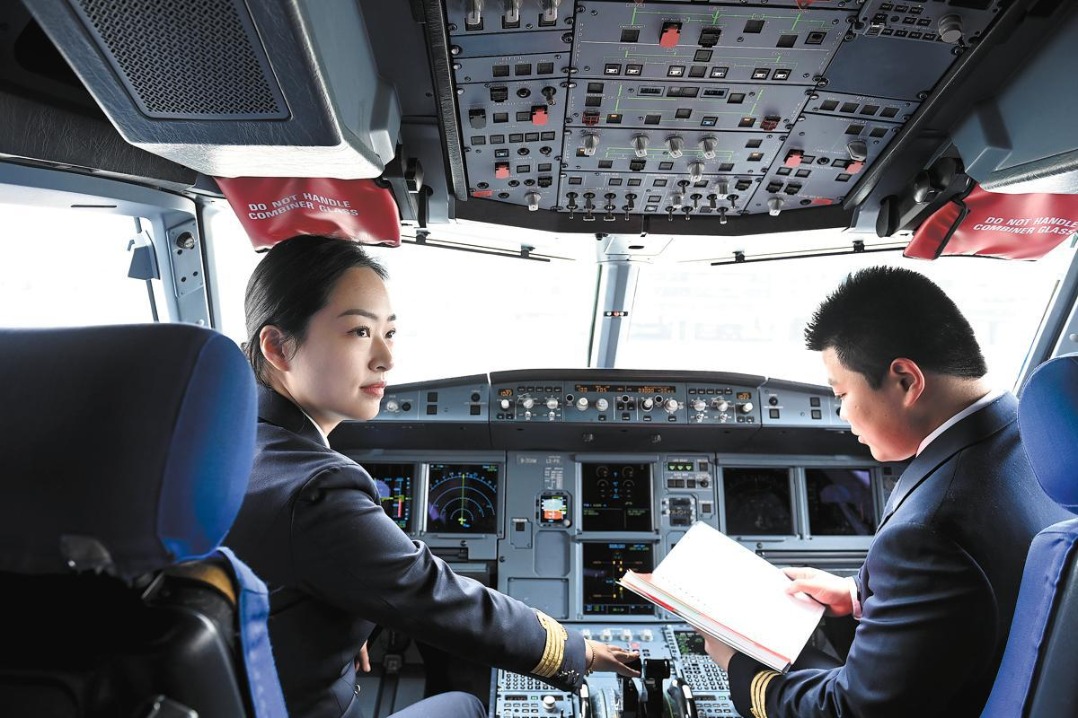Influential actor
China stands at the forefront of Global South collaboration


China has emerged as a leading provider of finance, infrastructure and technology to the Global South over the past two decades. The country's approach is distinctive — framed not as "aid" but as mutual benefit, respect, reciprocity and partnership. The results of this cooperation can be seen across the Global South, notably in South and Southeast Asia, Africa and Latin America, but increasingly in Central Asia, the Middle East and North Africa.
If one aspect marks out China's South-South cooperation, it is infrastructure. Through the Belt and Road Initiative, launched in 2013, China has channeled vast resources into railways, ports, highways, power plants and industrial zones.
The outcomes are visible across regions. In Africa, Kenya's Mombasa-Nairobi Standard Gauge Railway, which has cut the travel time between the two cities from 10 to 4.5 hours, was completed in 2017 at a cost of $3.8 billion, 90 percent financed by the Export-Import Bank of China. By August 2025, it had carried nearly 15.93 million passengers and more than 41.96 million tonnes of cargo, easing road congestion and boosting trade. The Ethiopia-Djibouti Railway is another good example. It is a 752-kilometer electrified line that began operating in 2018, costing $4 billion. It has cut freight times from Addis Ababa to Djibouti's port from three days by truck to 12 hours by train, strengthening Ethiopia's export competitiveness. Energy investments in Africa are also worth mentioning. Since 2010, Chinese companies have helped build or finance new power generation capacity in sub-Saharan Africa, including hydropower in Ethiopia (the Gibe III Dam) and solar projects in Kenya and Nigeria. These have helped empower some African countries in a sustainable way.
In Asia, the China-Laos Railway is a $5.9 billion project inaugurated in 2021, jointly financed by China and Laos, linking Vientiane with Kunming. By September 2025, it had transported over 66 million tonnes of cargo, contributing to double-digit growth in China-Laos trade, with a 26.6 percent increase in 2023 and a rise of 15.9 percent in 2024. This practical cooperation is helping Laos achieve its national goal of transitioning from a "landlocked" to "land-linked" economy.
In Latin America, Coca Codo Sinclair Power Plant in Ecuador is one of the largest hydropower plants in the Latin America region. Financed by a $1.7 billion loan from the Export-Import Bank of China, the dam is designed to supply up to 30 percent of Ecuador's electricity, increasing national power generation.
These cases are delivering on-the-ground benefits to Global South countries. A World Bank study estimated that BRI transport projects, if fully implemented, could reduce travel times in participating economies by up to 12 percent, boost trade by 2.8 to 9.7 percent, raise incomes by up to 3.4 percent, and lift 7.6 million people out of extreme poverty and 32 million out of moderate poverty.
South-South cooperation is not a one-way street, but a "win-win" process of reciprocity and mutuality. There are many tangible and intangible benefits that arise from cooperating, not only for China's Global South partners, but also for China. An obvious benefit for China is in the creation of robust pathways for trade, investment and technical collaborations that support overseas market development and growth. This offers new commercial avenues for Chinese companies as contractors and suppliers, for strong economies of scale, and as learning-by-doing opportunities. Many partners are important suppliers to China, from energy to bananas and chillis. South-South cooperation offers China more robust, reliable and secure supply lines. Further benefit for China also comes from a growing interest in China's history, people and culture.
China's infrastructure-led South-South cooperation has generated important gains in Global South connectivity. But continued success in the longer term will depend on ensuring China's cooperation projects align with the development strategies of its local partners, while also closely managing fiscal sustainability, increasing transparency and strengthening local community involvement.
China's involvement in South-South cooperation has widened in scope to include development of the digital economy, a key focus of many developing countries. China has advanced important global initiatives, notably, the Digital Silk Road, launched in 2017, to promote cooperation on broadband infrastructure, e-commerce platforms, smart cities, satellite systems and artificial intelligence, and recent proposals for global digital and AI governance.
Africa's experience demonstrates the breadth of China's engagement and contribution. With only 27 percent mobile internet penetration in sub-Saharan Africa by the end of 2023, according to the Global System for Mobile Communications Association's report "Mobile Economy Sub-Saharan Africa 2024", demand for affordable connectivity is vast. With Chinese support, Rwanda has expanded broadband nationwide, piloted Kigali as a smart city. The government aims to transform Rwanda into a continental digital hub, leveraging China's experience in digital ecosystems.
China's role in global digital governance, including the UN's Global Digital Compact, is significant to shaping the rules of the digital era. Through various programs, China and its partners make South-South digital cooperation more inclusive. China is the leading driver in today's South-South cooperation. The core of future cooperation lies in the coproduction of knowledge and effective responses to meeting Global South needs and goals.
The UN's 80th anniversary is an important reminder that no country can negotiate the complexities of today's global system unilaterally. Continued close cooperation by China and its partners through South-South cooperation can deliver transformative change in a more equitable global development system.
The author is a senior research fellow and director of the Centre for Rising Powers and Global Development at the Institute of Development Studies in the United Kingdom, and a chair professor at International Development at China Agricultural University. The author contributed this article to China Watch, a think tank powered by China Daily.
The views do not necessarily reflect those of China Daily.
Contact the editor at editor@chinawatch.cn.

















